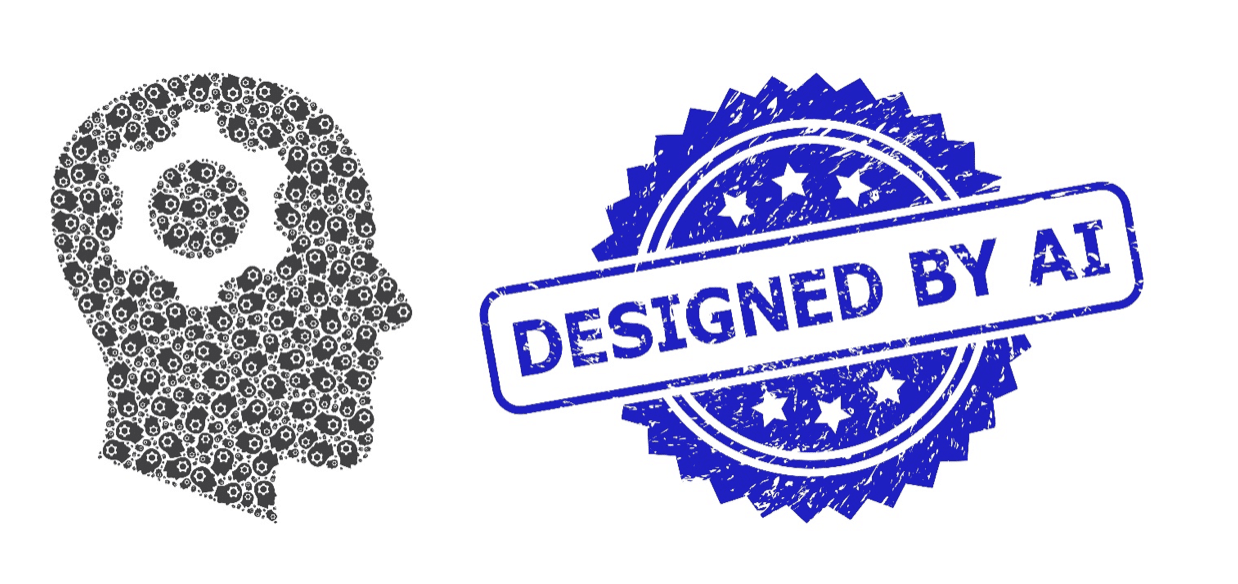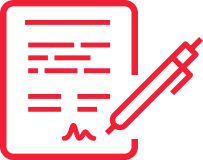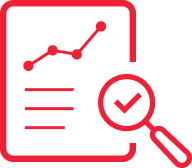Menu
As AI Patents Surge, USPTO Issues New Guidance
May 12th, 2025
Artificial Intelligence (AI) in general, and generative AI (GAI) – such as ChatGPT- in particular, continue to be very much in the news.
As Reuters reported, on January 21, President Donald Trump announced “a private sector investment of up to $500 billion to fund infrastructure for artificial intelligence, aiming to outpace rival nations in the business-critical technology.”
Trump said that ChatGPT's creators, OpenAI, SoftBank, and Oracle, are planning a joint venture called Stargate, which he said “will build data centers and create more than 100,000 jobs in the United States.”
As Wikipedia notes, the "Stargate" term dates back to 2024, when OpenAI and Microsoft started developing a $100 billion AI supercomputer, and the project has been in the works since 2022.
Whether or not Stargate produces the anticipated results, in its Artificial Intelligence Strategy report, the US Patent and Trademark Office (USPTO) noted that AI-related patent applications have increased 33% since 2018. AI-related inventions appeared in 60% of all technology subclasses in 2023.
According to the USPTO report, published by the outgoing Biden-Harris administration,
Artificial intelligence (AI) is a transformative technology with tremendous potential for our country and the world. It is capable of dramatically affecting our day-to-day lives, including with new breakthroughs in healthcare, with a new generation of innovative and efficient consumer and industrial products, and with promising solutions for battling climate change.
Although AI is not new, the current pace of AI innovation has created new opportunities and needs for our nation.
The report notes that
modern AI techniques can help detect diseases in their earliest stages and then assist in discovering therapeutics to treat those diseases. In the digital world, AI can optimize computer chip designs and then aid in the generation of source code for the software those chips will execute. AI is poised to further accelerate scientific advancement and economic development in America and across the world. In short, AI presents a potential inflection point in how people live, work, communicate, and create.
However, says the USPTO,
AI’s promise comes with risks, both to users of AI systems and the broader segments of society that AI systems may impact. Uncontrolled development and deployment of AI systems can pose dangers to safety and rights, including IP rights. Even when proper safeguards are in place, AI systems can still undermine public trust if they are opaque and unaccountable to human oversight. Such risks must be appropriately managed, both within individual organizations and across society, for AI’s potential to be fully realized.
One issue the USPTO has wrestled with is how AI can be used in the invention and patenting process.
As we wrote about back in 2020,
Under 35 U.S.C. § 115(a), "[a]n application for patent ... shall include, or be amended to include, the name of the inventor for any invention claimed in the application." An "inventor" is defined in 35 U.S.C. § 100(a) as "the individual or, if a joint invention, the individuals collectively who invented or discovered the subject matter of the invention."
The USPTO
referred to Title 37 of the Code of Federal Regulations and the Manual of Patent Examining Procedure ("MPEP"), explaining that the threshold question for inventorship is "conception." The MPEP defines "conception" as "the complete performance of the mental part of the inventive act," and it is "the formation in the mind of the inventor of a definite and permanent idea of the complete and operative invention as it is thereafter to be applied in practice." Again, the USPTO states that the use of terms such as "mental" and "mind" in the MPEP indicates that conception must be performed by a natural person.
This position was later affirmed by the Federal Circuit, and the US Supreme Court declined to hear an appeal on the issue.
But even if an AI can’t be an “inventor,” can inventors use AI as a tool?
The USPTO has tried to address this issue with new guidance on how inventorship is to be analyzed for inventions developed in part with the help of AI systems.
The USPTO’s “Inventorship Guidance for AI-assisted Inventions” includes FAQs that address three questions:
- Does the USPTO’s Inventorship Guidance for AI-assisted Inventions (“Guidance”) create a heightened standard of inventorship for AI-assisted inventions?
The USPTO answers:
The Guidance does not create a heightened standard for inventorship. The Guidance explains that the inventorship analysis should focus on the human contribution, as patents function to incentivize and reward human ingenuity. Regardless of the technology used as a tool in the invention-creation process, the inventorship analysis focuses on the human contribution to the conception of the invention. Existing inventorship law applies regardless of whether an inventor uses a specific technology, such as AI, to assist in the creation of an invention.
2. When examining patent applications, do examiners typically need to investigate whether inventorship is proper?
The USPTO answers:
Typically, examiners do not make inquiries regarding inventorship. As explained in MPEP § 2157, the USPTO “generally presumes that the named inventor or joint inventors in the application are the actual inventor or joint inventors to be named on the patent.” Because of this presumption, rejections under 35 U.S.C. §§ 101 and 115 for improper inventorship are rare. The Guidance maintains this presumption and does not impose additional responsibilities on examiners to investigate inventorship for AI-assisted inventions.
- Does the Guidance impose, on applicants, an additional duty to disclose the extent to which an inventor used AI to develop the invention?
The USPTO answers:
The Guidance does not impose any additional duty to disclose information beyond what is already mandated by USPTO’s existing rules and policies. The USPTO will continue to presume that the named inventor(s) in a patent application or patent are the actual inventor(s). Applicants and individuals associated with the filing or prosecution of a patent application will continue to be responsible for meeting their existing duties to the USPTO. See MPEP § 2001.
MPEP § 2001 deals with the Duty of Disclosure, Candor, and Good Faith and relates to 37 CFR 1.56 – the Duty to disclose information material to patentability. i.e., a patent applicant would need to disclose that an AI was a so-called “inventor” on a patent.









